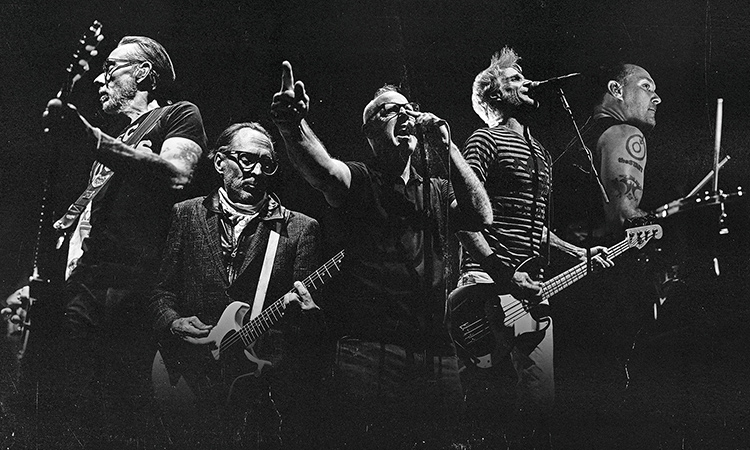
Bad Religions Most Important Albums: A Guide to Their Punk Rock Legacy
Bad Religion's Most Important Albums: A Guide to Their Punk Rock Legacy
Bad Religion is not just a band; they are a punk rock institution that has shaped the genre since their inception in 1980. Their music is characterized by thought-provoking lyrics, melodic hooks, and raw energy, giving voice to the disenfranchised and questioning societal norms. With an extensive discography, pinpointing their most important albums can seem daunting, but it's essential to appreciate how they have influenced both punk rock and popular culture. In this guide, we will take a closer look at some of Bad Religion's most significant albums and their lasting legacy.
How Could Hell Be Any Worse? (1982)
Bad Religion's debut album, "How Could Hell Be Any Worse?" was released in 1982 and set the stage for their unique sound and ideology. This album not only encapsulated the raw energy of early punk but also introduced listeners to the band's intellectual and sociopolitical lyrical content. Tracks like "We're Only Gonna Die" and "I Want to Conquer the World" tackled themes of nihilism, war, and societal apathy, making it a powerful anthem for disillusioned youth. The album's impact is still felt today, as many of its messages resonate within contemporary societal contexts.
Against the Grain (1990)
By the time "Against the Grain" was released in 1990, Bad Religion had solidified their place in the punk rock landscape. This album presented a more polished sound while maintaining their signature fast tempos and sharp lyrics. Songs like "21st Century (Digital Boy)" and "You Are the Government" reflect the band's ongoing critique of modern society and politics, making it a favorite among fans. The album also marked a turning point for the band, where they began to embrace mainstream success without compromising their core values. Ultimately, "Against the Grain" remains a crucial part of Bad Religion's discography and a template for future punk bands.
Stranger Than Fiction (1994)
Released in 1994, "Stranger Than Fiction" was Bad Religion's major-label debut and brought the band to a broader audience. Featuring one of their most popular songs, "Infected," the album showcased their ability to blend catchy melodies with deep philosophical themes. This record is notable not only for its musical accomplishments but also for its crucial role in bridging the gap between punk and mainstream rock. With polished production and anthemic sound, "Stranger Than Fiction" solidified Bad Religion’s status as one of punk rock's enduring forces and expanded their fan base considerably.
The Gray Race (1996)
Another milestone in their illustrious career came with "The Gray Race," released in 1996. The album represented a shift towards a more mature sound while retaining the urgency and critique that fans loved. Tracks like “A Walk” and "The Gray Race" explored themes of identity and social issues, continuing the band’s tradition of challenging listeners to think critically. This album further emphasized the band’s evolution, showcasing their ability to adapt without losing the essence of who they are. Alongside their music, Bad Religion thrives on their distinctive aesthetic, creating a dedicated fanbase that often shows their loyalty through "Bad Religion Merch," which ranges from t-shirts to vinyl records.
In conclusion, Bad Religion has left an indelible mark on the punk rock genre and continues to inspire countless musicians and fans around the world. Their ability to combine thoughtful commentary with infectious energy is a hallmark of their music, and their legacy is evidenced by their ongoing relevance. As fans continue to celebrate their contributions through merchandise and appearances at shows, Bad Religion's story is far from over. Each of their albums serves as a reflection of the times, making their music timeless and resonant, pushing listeners to confront the questions that arise from a rapidly changing world.
.png)








